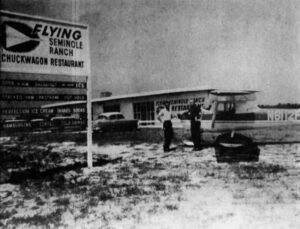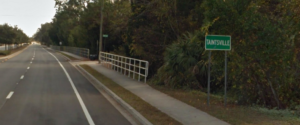
Chuluota
Chuluota, Florida, located in Seminole County, has a history deeply rooted in its Native American heritage and early settlement by pioneers. Originally inhabited by the Seminole tribe, the area was known for its natural beauty and fertile lands. The name “Chuluota” is believed to have originated from the Creek Indian language, meaning “island of yellow flowers,” reflecting the abundant flora that once flourished in the region.
In the late 19th century, Chuluota began to attract settlers drawn by its fertile soil ideal for citrus groves and agriculture. The arrival of the South Florida Railroad in the 1880s further facilitated growth and connectivity to larger markets. Small farms and citrus orchards thrived, shaping the local economy and community identity.
Throughout the early 20th century, Chuluota maintained its rural character and agricultural focus, despite facing challenges such as freezes that periodically affected citrus crops. Over time, the community expanded modestly while preserving its small-town charm and close-knit community spirit. Today, Chuluota continues to balance its agricultural roots with suburban development, offering residents a peaceful retreat from nearby urban centers while cherishing its historical legacy as part of Seminole County’s vibrant cultural tapestry.


